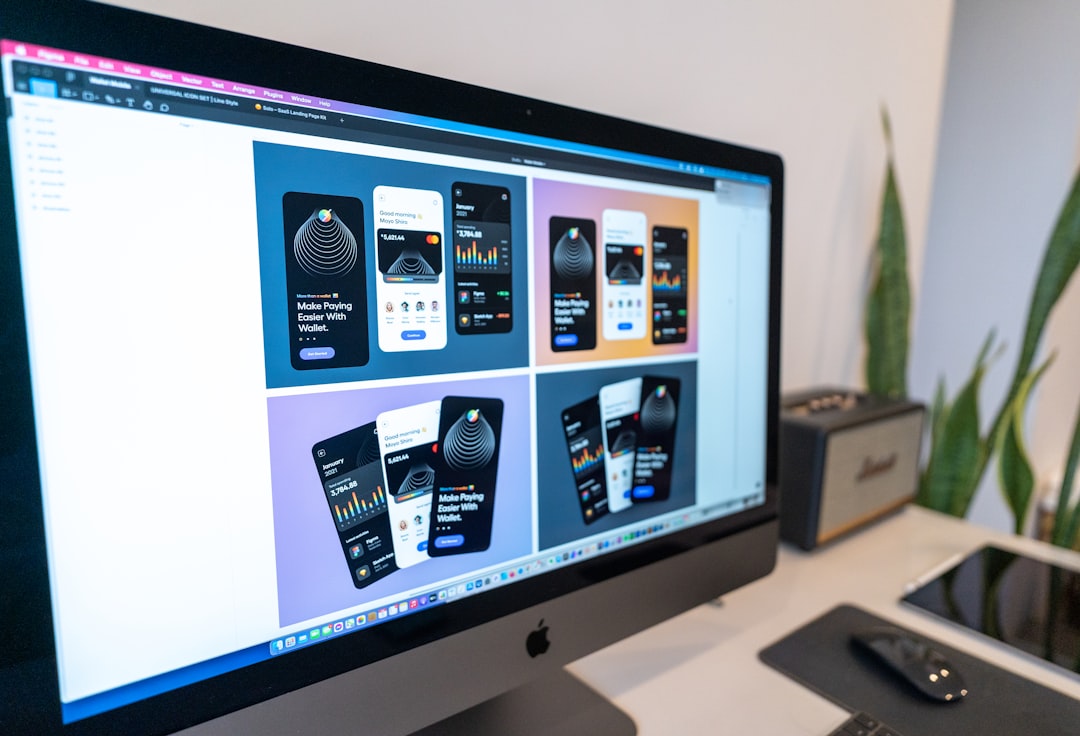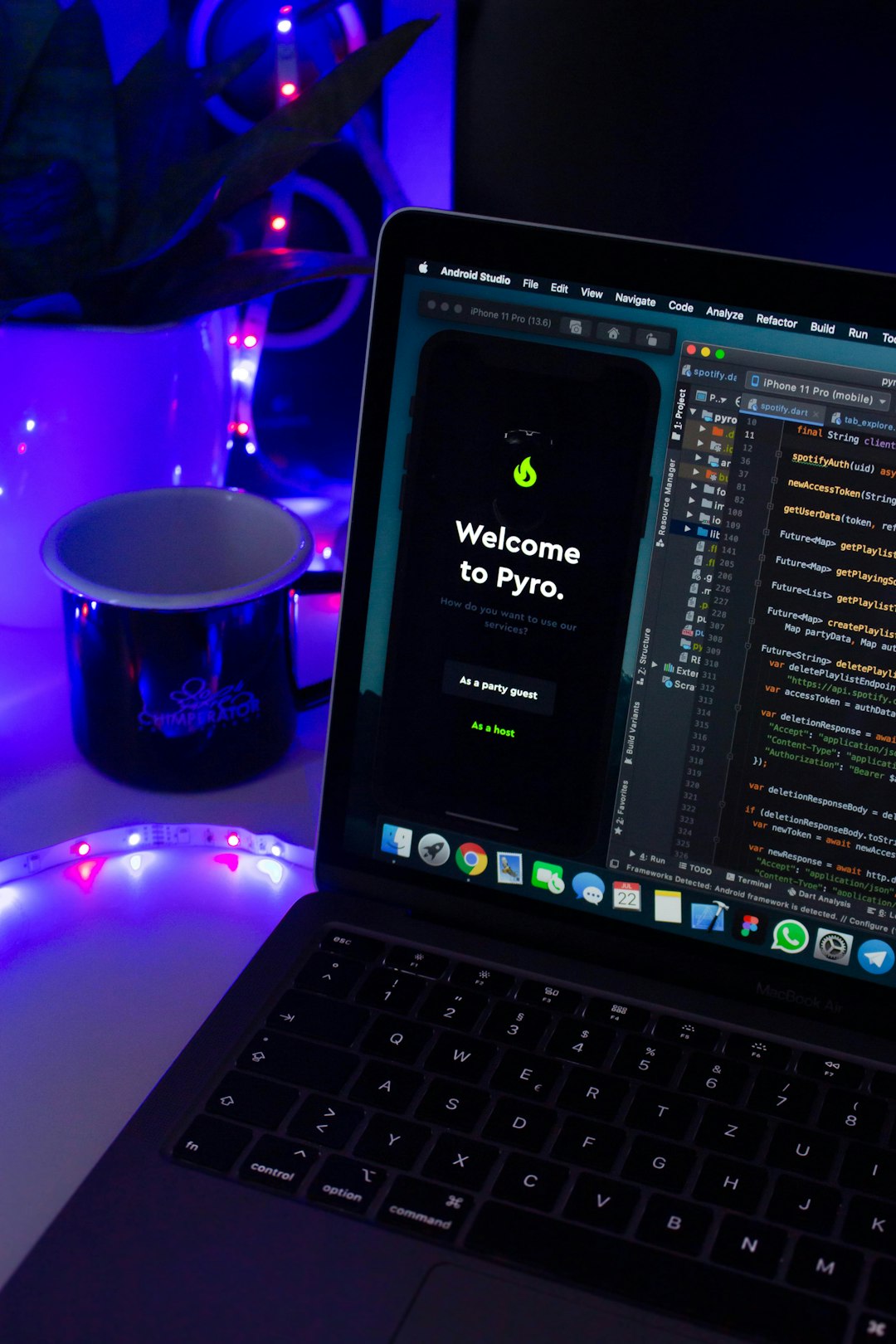In today’s increasingly globalized software market, localization is no longer optional—it’s essential. If you want your application or digital platform to reach users across borders and languages, professional localization is the key to user adoption and product success. The right software localization service ensures that your application remains accurate, culturally relevant, and user-friendly across all target regions. As we move closer to 2025, localization demands grow more complex, driven by emerging technologies, AI innovations, and the push toward seamless global experiences.
With numerous localization services available today, selecting the right provider can be a challenging task. Below are the five best software localization services for 2025, along with the key elements to look for when making a decision.
1. Smartling
Smartling is a heavy-hitter in the world of software localization, known for its robust automation tools and integration capabilities. Its cloud-based platform supports real-time translations and interfaces directly with code repositories and content management systems. Ideal for developers and enterprises aiming to streamline complex workflows.
- AI-driven translation engine: Reduces human errors and speeds up project completion
- API and CLI support: Makes integration with DevOps pipelines seamless
- Strong collaborative environment: Editors, developers, and managers work in parallel
Best for: Enterprises with ongoing localization needs and high-volume content pipelines.
2. Phrase (formerly PhraseApp)
Phrase offers a flexible localization solution tailored specifically for software and digital product teams. Its intuitive interface and developer-centric features make it a favorite among agile product companies.
- Translation Memory (TM): Ensures consistency across all content
- Bitbucket, GitHub, GitLab integrations: Synchronizes with your tech stack
- Real-time in-context editor: Gives translators a live preview of content
Best for: Startups and mid-sized tech firms looking for agile-ready localization tools.

3. Transifex
Used by companies like HubSpot and Waze, Transifex offers a powerful platform that puts scalability at the forefront. Its sophisticated dashboard makes managing dozens of locales and thousands of strings both organized and efficient.
- Workflow automation: Streamlined for rapid deployment
- Multi-format support: JSON, YAML, XML, and other developer-friendly formats
- Collaborative workspaces: Encourages cross-functional team synergy
Best for: High-growth companies with international user bases and complex app infrastructures.
4. Lokalise
Lokalise has become the go-to tool for mobile and SaaS businesses looking to speed up localization processes without compromising quality. With features like automatic screenshot tagging and UI inspection, it bridges the gap between design and translation.
- Figma and Sketch integrations: Streamlines localization during product design phases
- Team management tools: Assign roles, track changes, manage deadlines
- Machine translation assistance: Speeds up first-pass translations
Best for: Design and product-focused teams that need an end-to-end localization workflow.

5. memoQ
memoQ is a translation management system that’s earned its place in the localization toolkit of many large enterprises. While more traditional in its setup, it offers deep customization and is ideal for compliance-heavy industries.
- Advanced terminology management: Great for regulated or technical sectors
- Vendor-level project tracking: Keeps agency and in-house translators in sync
- Enterprise features: SSO, custom roles, and API access
Best for: Enterprises needing granular control and regulatory support during localization.
What to Look for in Localization Services for 2025
Selecting the right partner means looking beyond simple translation. Consider the following when evaluating localization providers:
- Integration capabilities: Can the tool connect with your development, design, or CMS platforms?
- AI and machine learning support: Does it offer smart suggestions or automatic translation validation?
- Compliance readiness: Especially critical for industries like healthcare, finance, and education
- Scalability: Will the solution grow with your company?
- Vendor transparency: Can you audit translation quality, timelines, and costs?
Conclusion
As the demand for faster, smarter, and more accurate software localization continues to rise in 2025, understanding which service best aligns with your organizational needs will give you a competitive advantage. Whether you’re a startup entering new markets or a global corporation refining your digital footprint, investing in the right localization tools ensures your software truly speaks the language of your users.
